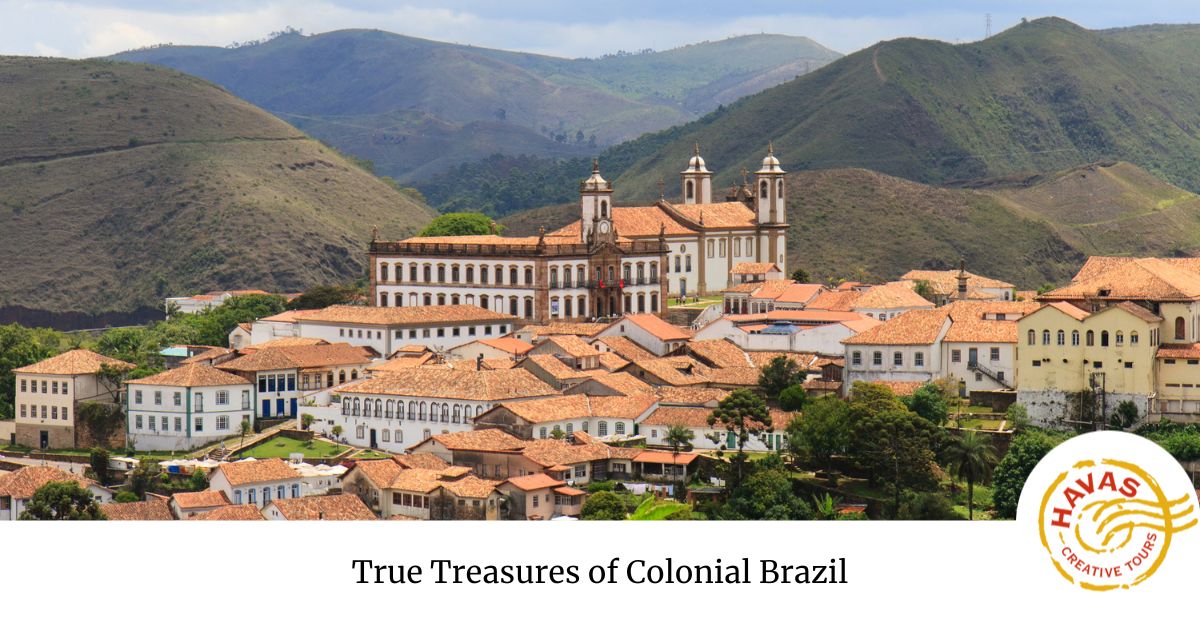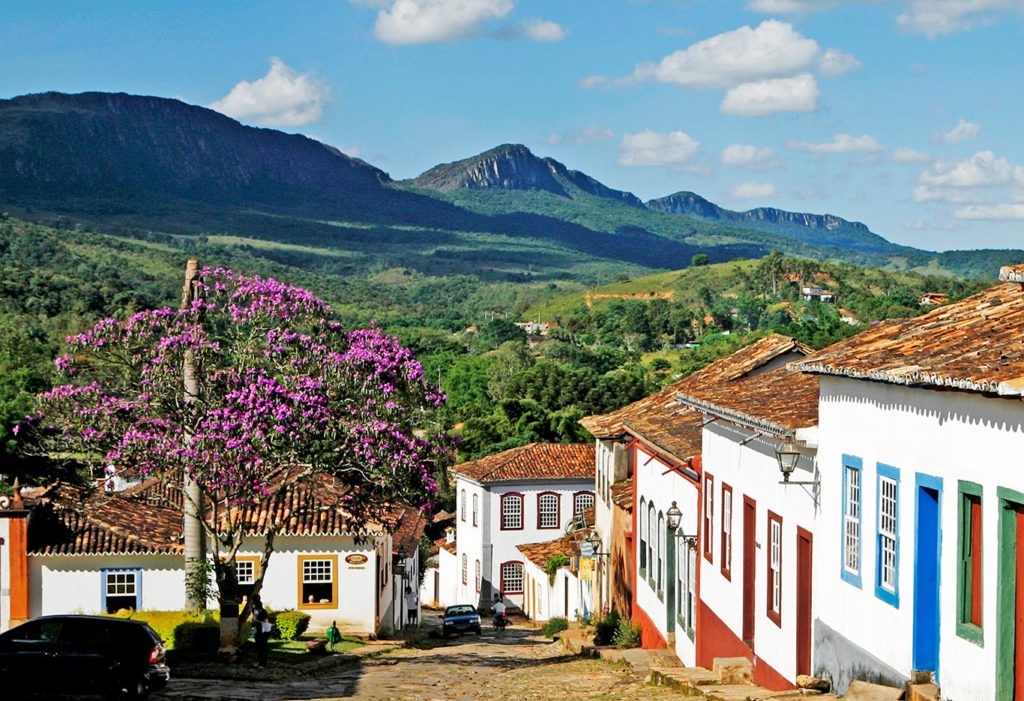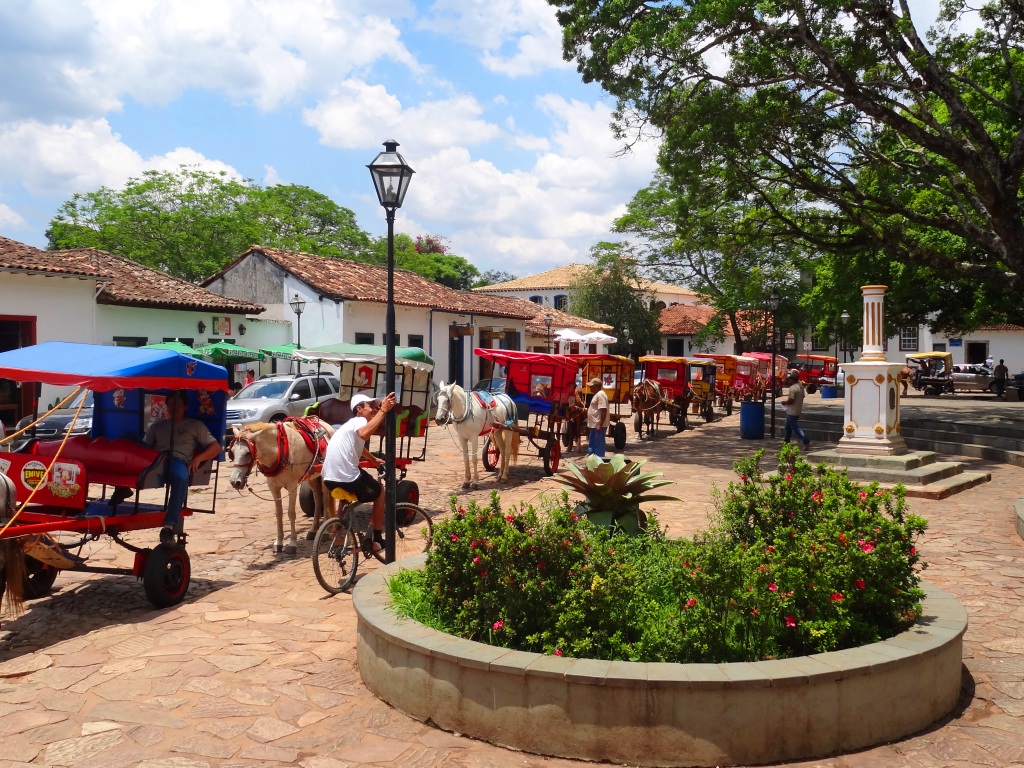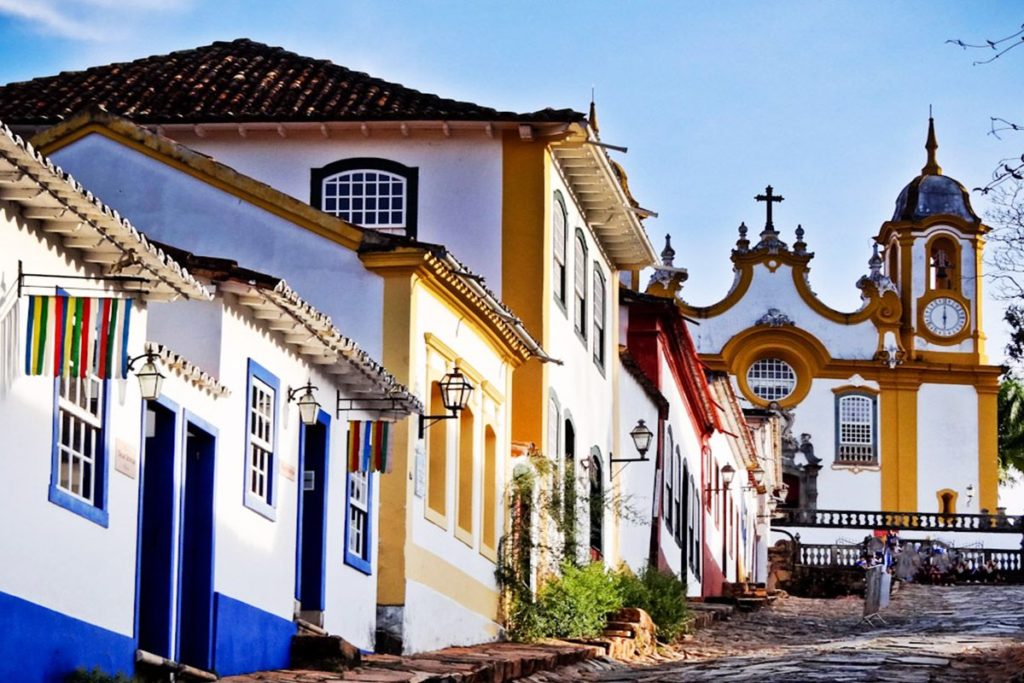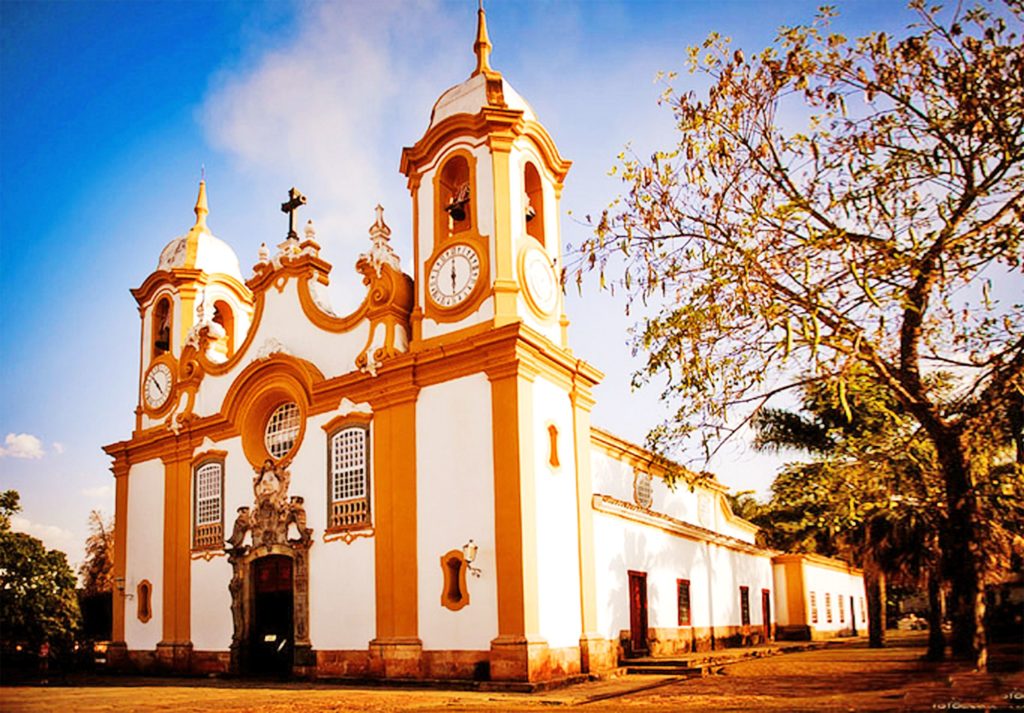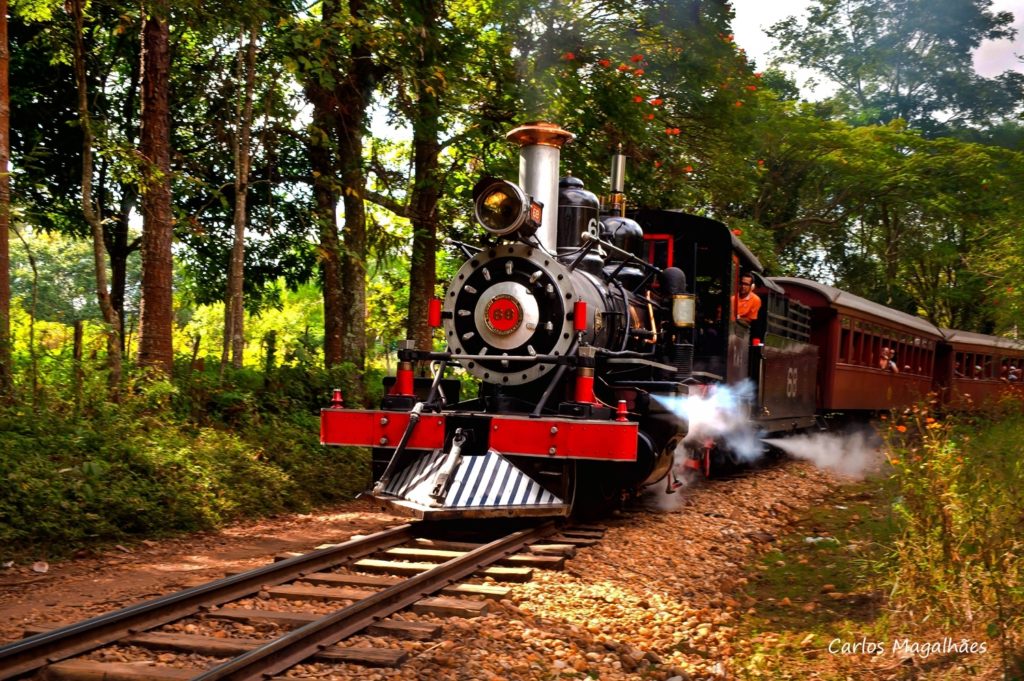Minas Gerais is a state steeped in history. Its historic cities, preserved over centuries, are true treasures of colonial Brazil, where the richness of the past meets the charm of the present. For those looking to take a journey back in time, the historic cities of Minas Gerais are an unmissable destination.
Ouro Preto: The Jewel of Brazilian Baroque
A UNESCO World Heritage Site, Ouro Preto is the ultimate symbol of the opulence of the Gold Rush. Its cobblestone streets, baroque churches, and museums hold stories of a colonial Brazil filled with struggles and achievements. The Church of São Francisco de Assis, with its architecture and works by Aleijadinho, is a highlight of any visit.
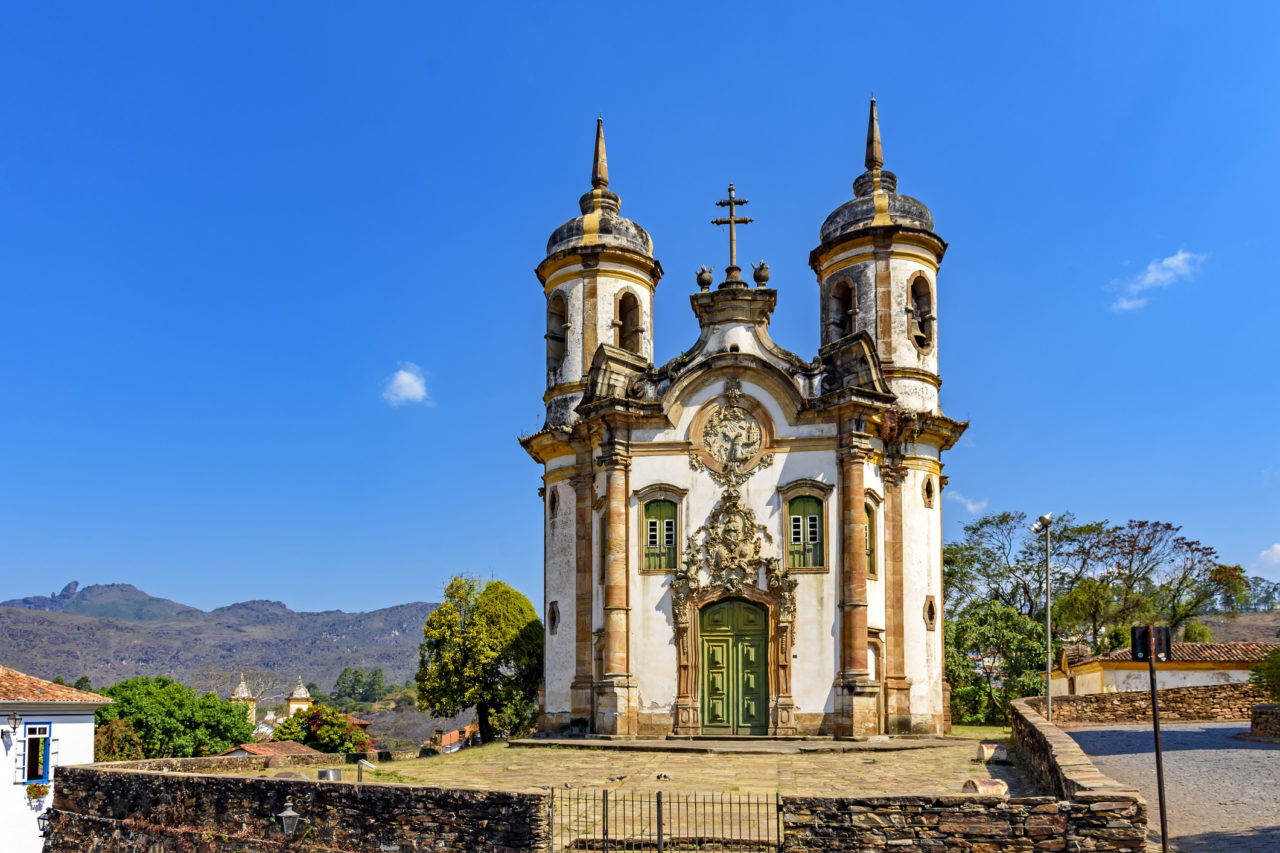
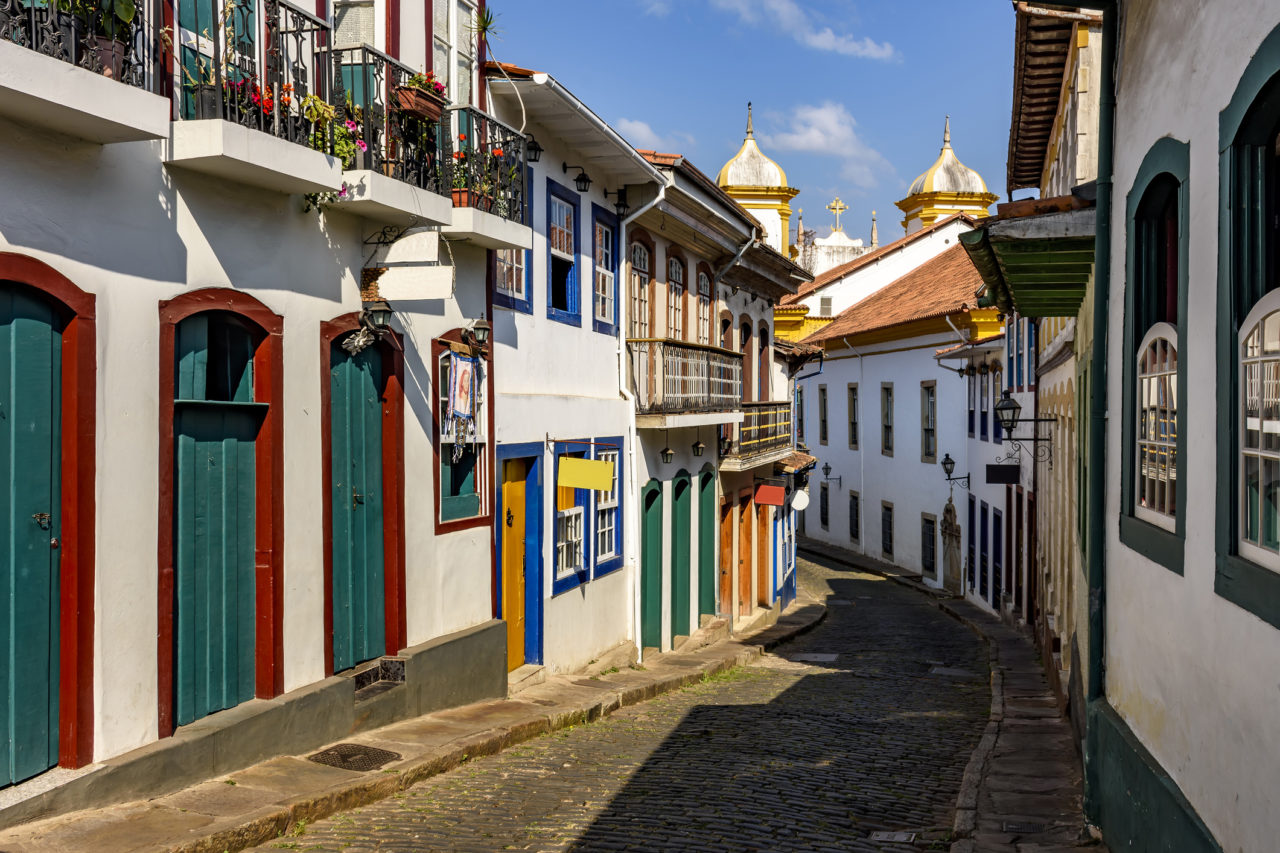
Tiradentes: Charm and Tradition
Small and cozy, Tiradentes enchants with its colonial charm and countryside atmosphere. The cobblestone streets, colorful houses, and irresistible local cuisine make this city a perfect destination for those seeking tranquility and culture. Largo das Forras and the Matriz Church of Santo Antônio are must-see spots, along with horse-drawn carriage rides and visits to local craft studios.
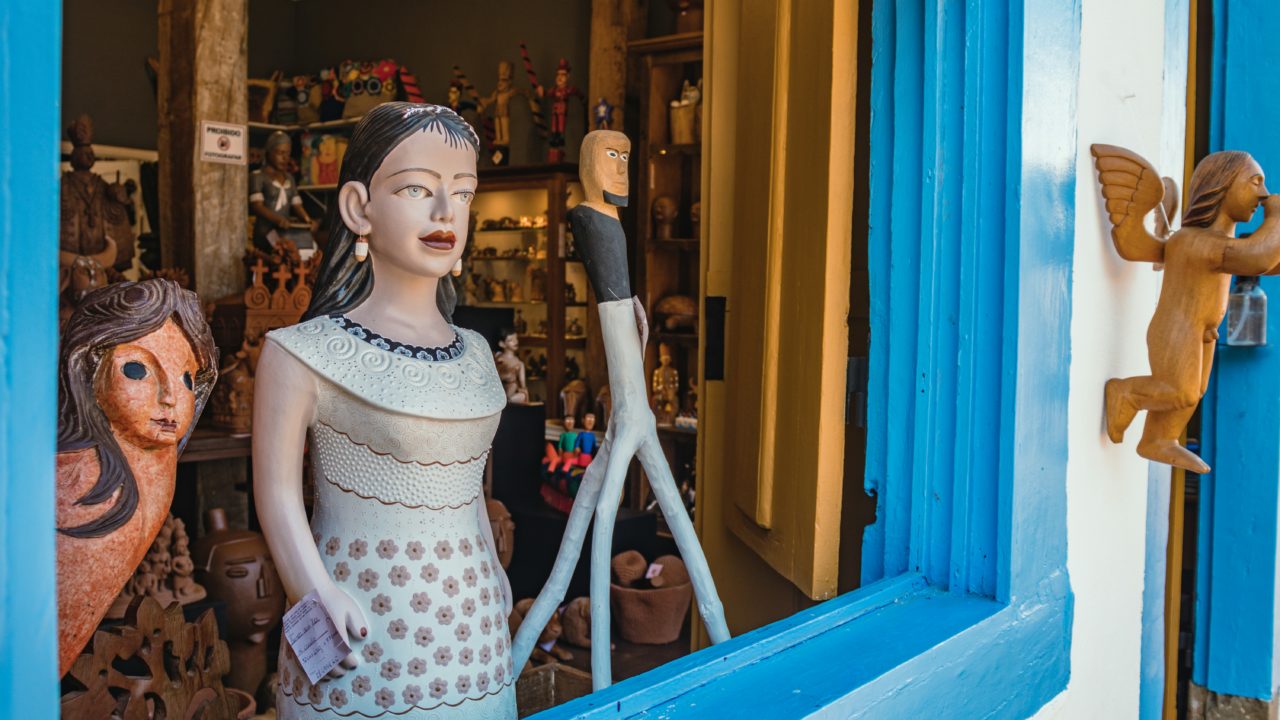
São João del-Rei: Where History Meets the Present
São João del-Rei is a city where the old and the modern coexist harmoniously. Founded in 1704, the city preserves its rich historical and cultural heritage, highlighted by its baroque churches and colonial mansions. The Church of São Francisco de Assis, designed by Aleijadinho, is one of the most beautiful in the state.
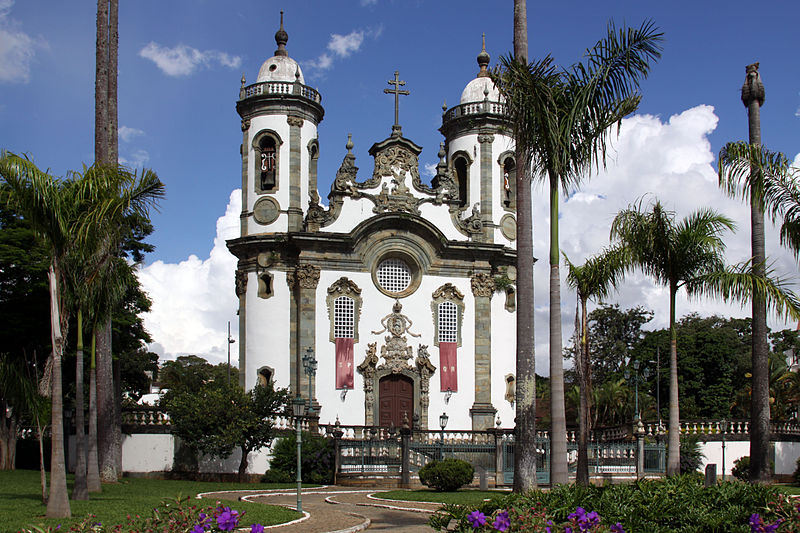
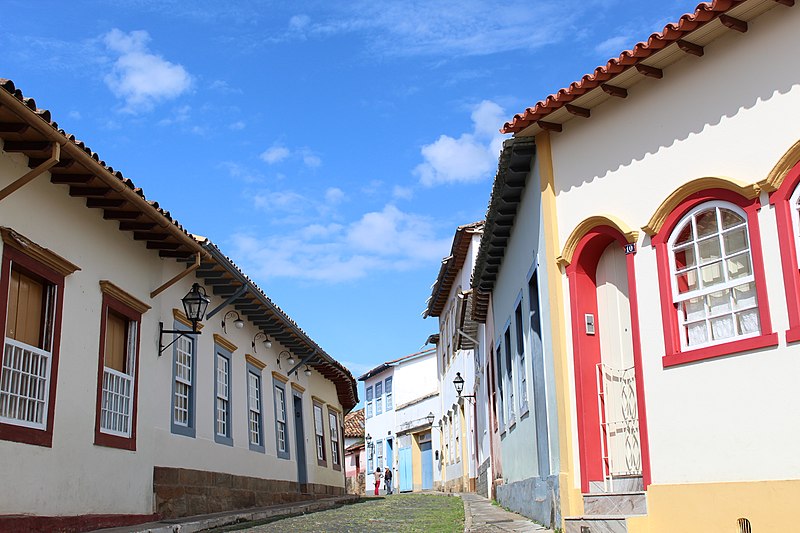
Mariana: The First Capital of Minas Gerais
Mariana, the first city and capital of the state, is a place where history is present on every corner. Its colonial buildings, such as the Cathedral of the Sé and the Casa de Câmara e Cadeia, reflect the historical importance of the city. Mariana is also known for its gold mines, which can be explored through guided tours, offering a fascinating insight into colonial-era mining.
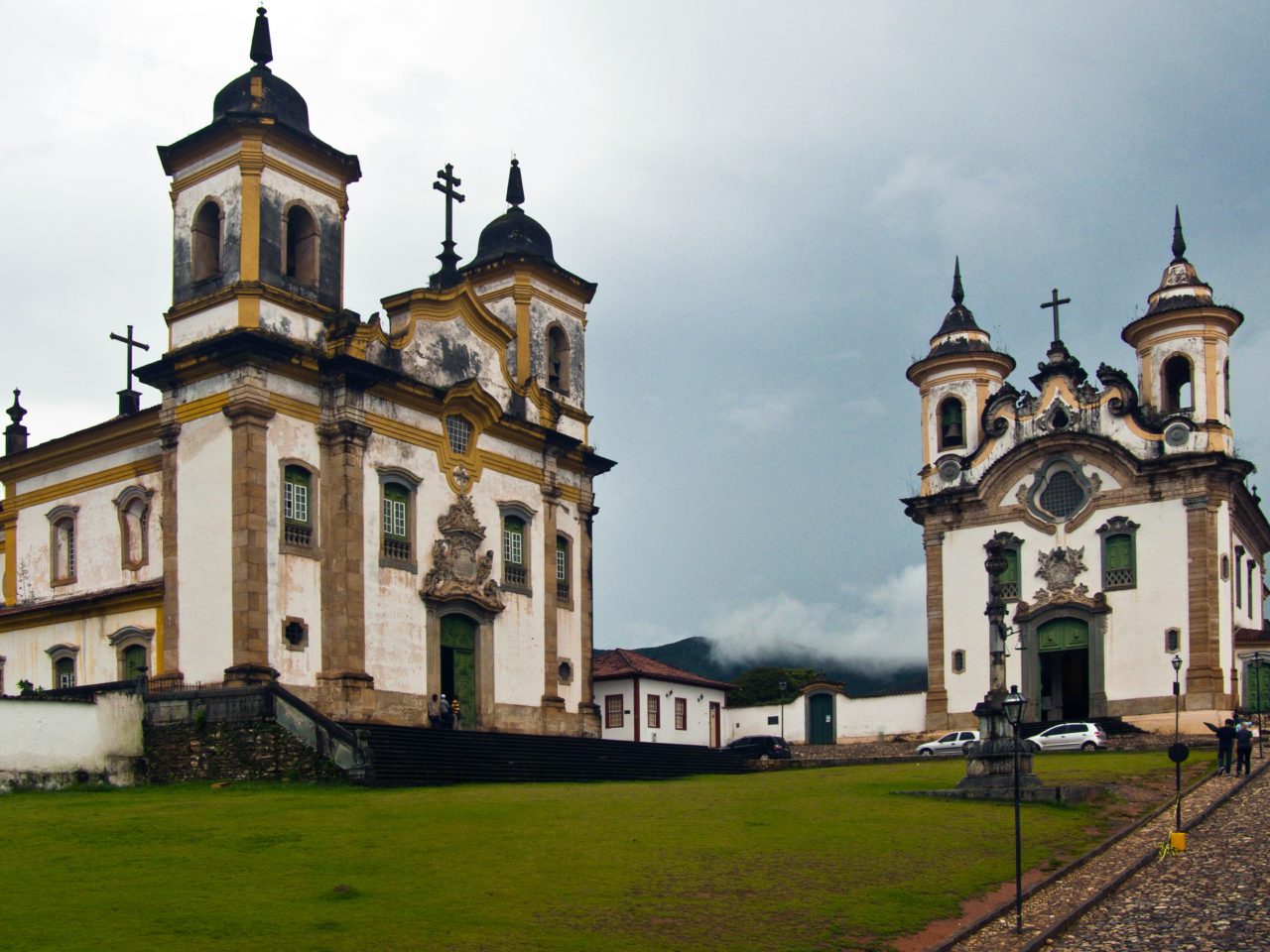
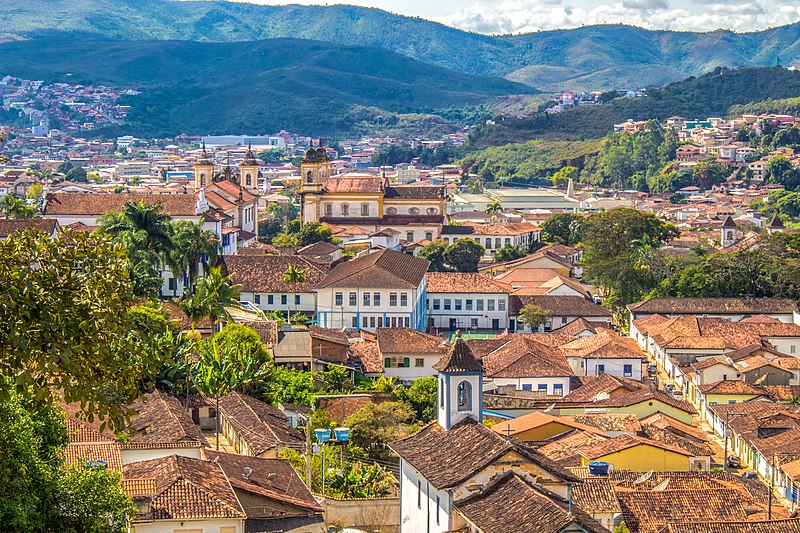
Congonhas: The Legacy of Aleijadinho
Congonhas is famous for housing one of Aleijadinho’s greatest works: the Twelve Prophets, sculpted in soapstone, which adorn the Sanctuary of Bom Jesus de Matosinhos. The city, an important pilgrimage destination, is an impressive example of baroque sacred art and the religious devotion that marked colonial Brazil.
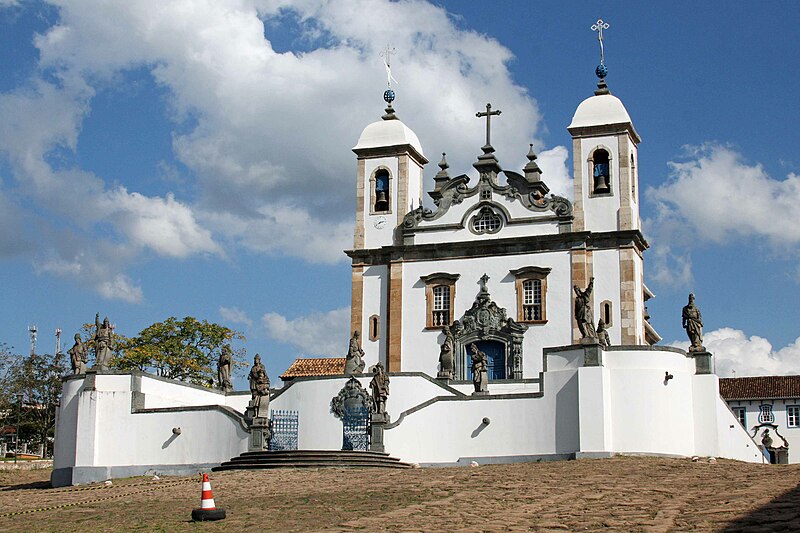
Visiting the historic cities of Minas Gerais is more than just a tourist trip; it is an immersion in Brazil’s culture and history. Each city, with its unique personality, offers an unforgettable experience, rich in learning and beauty. Get ready to be enchanted by the legacy of Minas Gerais, where every street, church, and square tells a fundamental part of Brazilian history.

